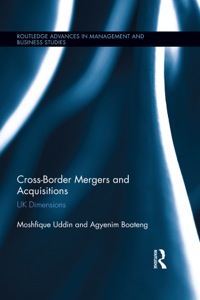Question
Cost objects include: Select one: a. markets b. Company c. products d. All of these answers are not correct The following information pertains to the
Cost objects include:
Select one:
a. markets
b. Company
c. products
d. All of these answers are not correct
The following information pertains to the Salam Corporation:
Beginning work-in-process inventory $ 20,000
Ending work-in-process inventory 15,000
Beginning finished goods inventory 40,000
Ending finished goods inventory 50,000
Cost of goods manufactured 200,000
What is cost of goods sold?
Select one:
a. $210,000
b. $190,000
c. $150,000
d. $225,000
sector companies purchase materials and components and convert them into finished goods.
Select one:
a. Merchandising
b. Service
c. Manufacturing
d. Professional
The variable cost per unit of a product X may no stay the same throughout the relevant range of production.
Select one:
True
False
Which of the following statements about the direct/indirect cost classification is true?
Select one:
a. Indirect costs are always allocated.
b. The design of operations affects the direct/indirect classification.
c. The direct/indirect classification depends on the choice of cost object.
d. All of these answers are correct
Assigning direct costs poses less problems than assigning indirect costs.
Select one:
True
False
In the manufacturing sector:
Select one:
a. fixed overhead costs are subtracted to determine gross margin
b. fixed overhead costs are subtracted to determine contribution margin
c. only variable costs are subtracted to determine gross margin
d. all operating costs are subtracted to determine contribution margin
Answer the following questions using the information below:
Noor Company reported the following:
Manufacturing costs $30,000
Units manufactured 1000
Units sold 35,000 units sold for $60 per unit
Beginning inventory 0 units
1) What is the amount of gross margin?
Select one:
a. $1,050,000
b. $1,550,000
c. $1,080,000
d. $2,100,000
Key success factors include cost, quality, timeliness, and innovation.
Select one:
True
False
Which of the following items is NOT an assumption of CVP analysis?
Select one:
a. All revenues and costs can be added and compared without taking into account the time value of money.
b. Total costs can be divided into a fixed component and a component that is variable with respect to the level of output
c. When graphed, total costs curve upward.
d. The unit-selling price is known and constant.
Step by Step Solution
There are 3 Steps involved in it
Step: 1

Get Instant Access to Expert-Tailored Solutions
See step-by-step solutions with expert insights and AI powered tools for academic success
Step: 2

Step: 3

Ace Your Homework with AI
Get the answers you need in no time with our AI-driven, step-by-step assistance
Get Started


